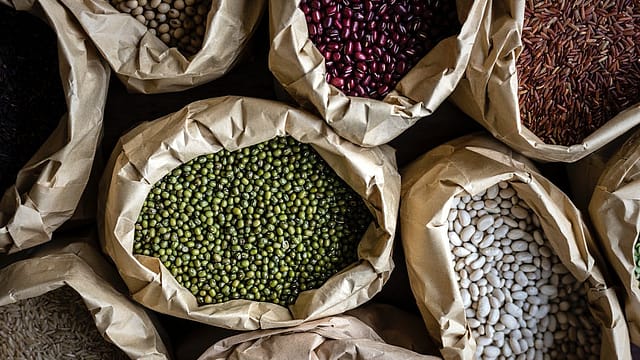Why food safety could be the next game changer in India
ADVERTISEMENT

In the past, government reports have suggested that a third of all food tested in India is adulterated. India is, simultaneously, home to 24% of the world’s malnourished children and around 135 million patients of obesity, and food safety, including the sustainable use of sugar and salt, among other ingredients, is a critical issue for the future of health in the country.
But a silent revolution might have started through a host of measures of the FSSAI (Food Safety and Standards Authority of India), the apex food safety body. Many of the measures rolled out are long-term and will show impact in a few years and include everything from urging companies to regulate the use of salt and sugar in products launched in the country to nudge measures to bring out a complete overhaul of how Indians relate to food.
When I first heard this, I telephoned Pawan Agarwal, the CEO of FSSAI. He had been rushed all day, he said, and was munching on a Cadbury bar with 30% less sugar. It was part of a range of products with a similar frugal approach to salt and sugar that FSSAI had been encouraging be launched in India. The idea, Agarwal told me, was to run a parallel Swasth Bharat Yatra alongside the popular Swachh Bharat Mission.
January 2026
Netflix, which has been in India for a decade, has successfully struck a balance between high-class premium content and pricing that attracts a range of customers. Find out how the U.S. streaming giant evolved in India, plus an exclusive interview with CEO Ted Sarandos. Also read about the Best Investments for 2026, and how rising growth and easing inflation will come in handy for finance minister Nirmala Sitharaman as she prepares Budget 2026.
Clean food was an integral part of the clean India project. The Swasth Bharat Yatra, for instance, was a pan-India relay cycling campaign involving more than 21,000 cyclists covering 21,000 km over 104 days between 2018 and 2019 to raise awareness about clean food and a balanced diet. A 40-location Eat Right Mela is being rolled out to emphasise the message.
FSSAI has finally notified standards for five staples (also foods where adulteration is often most rampant)—rice, wheat flour, milk, cooking oil and salt—which are being standardised using the ‘+F’ insignia. At the moment, 181 brands have registered to carry the +F sign on their fortified products, and 15 states and three Union Territories have adopted the signage for use.
States have become part of an innovative scheme to stop wastage of food by creating an FSSAI-led network of six cities, 11 states and 25 agencies.
One of the primary targets of the FSSAI campaign is targeted towards school children—this constituency has, in the past, proved to be particularly fertile ground for wide societal change. For instance, the campaign against polluting firecrackers was successful because of the wide participation of schools. The Eat Right campaign has roped in 75,000 students across 3,600 schools.
All of this adds up to the FSSAI making food safety—including dietary concerns—a subject of everyday conversation in India, where it is often forgotten that any notion of fitness must begin with clean food consumed mindfully.
Currently, India not only has one of the highest rates of out-of-pocket expenditure for health expenses but also one of the highest levels of people susceptible to a debilitating health crisis.
All of this is being targeted through a variety of schemes including mass health cover through insurance in Ayushman Bharat and a focus on hygiene (Swachh Bharat) and basic fitness (in the push towards yoga adoption)—but without a change of diet and better-quality food, some of the core problems cannot be solved. The FSSAI moves might be the start of a silent food revolution in the country.
